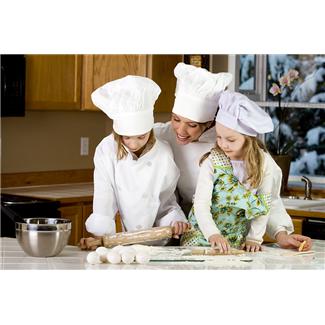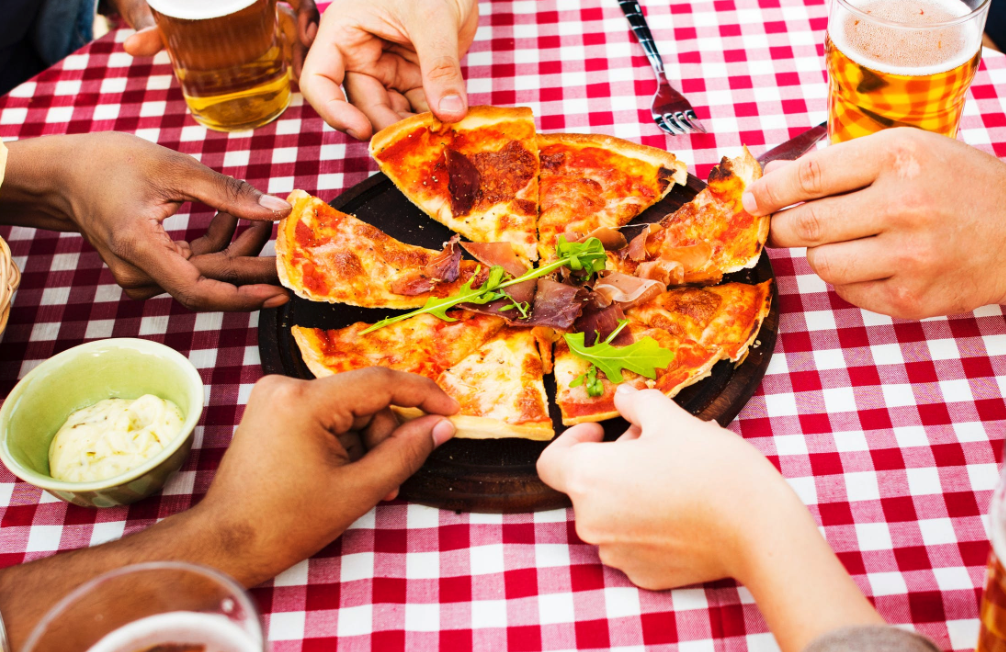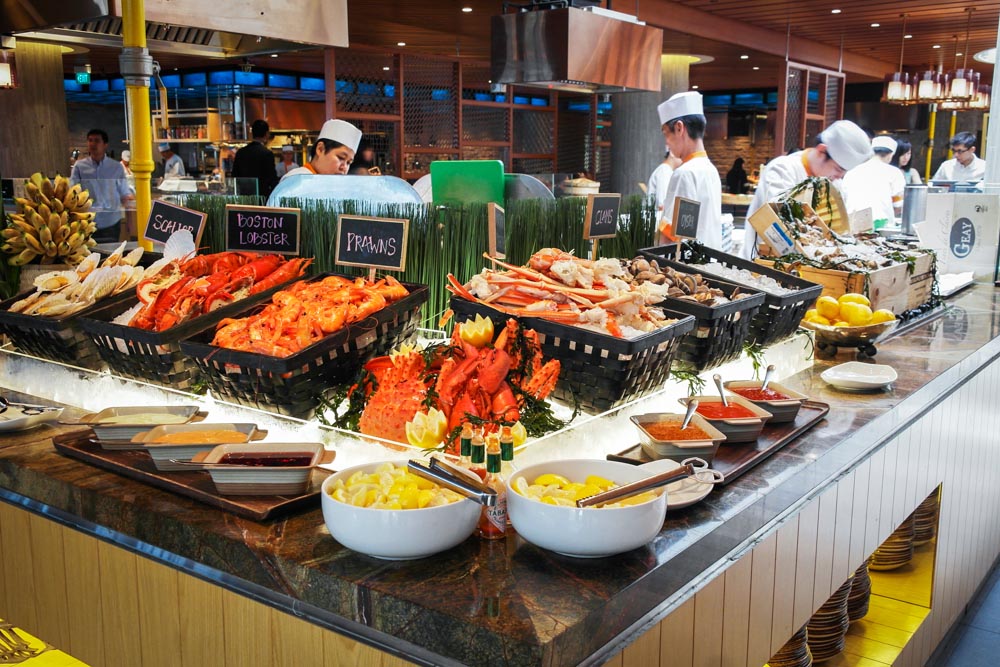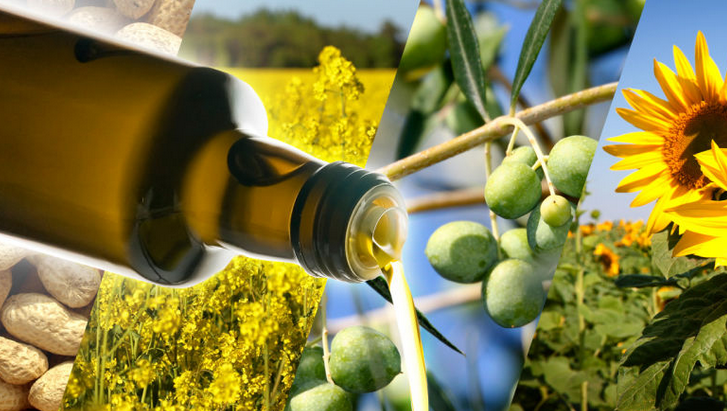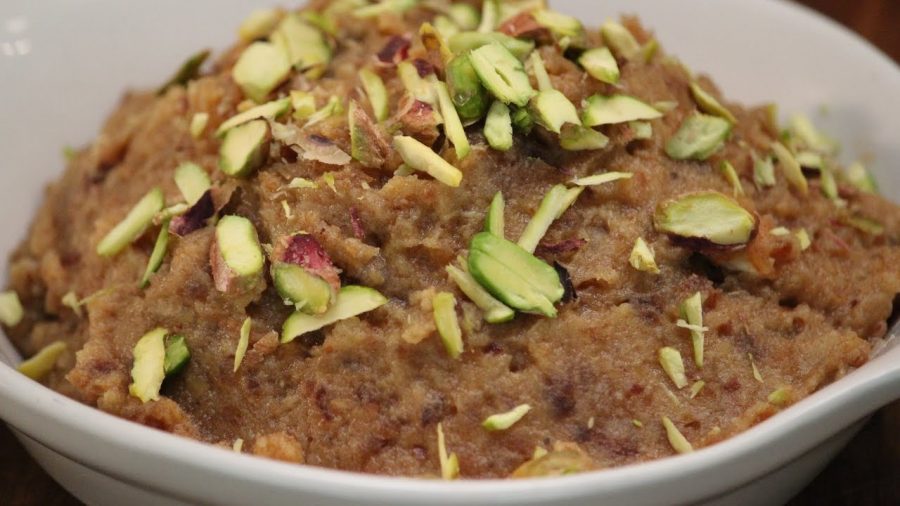Making delectable cuisines not only depend on the ingredients you use. Technique is also an essential contributor. However, it is not something you can just pick up from a grocery aisle or order online. You have to get trained to know about them. And then, you need to practice in order to properly apply them. It’s not enough that you watch cooking shows because instructions are usually fast and fleeting. And books won’t help you either because they don’t allow you to see how to execute the directions stipulated. Fortunately, there are short cooking courses you can take to improve your culinary technique. That way, you do not compromise the quality of the food you are preparing and you are able to fully meet your expectations as well as others.
Now, just to clarify, here are some of the techniques you should be able to perform after attending cooking classes.
a. Braising
– a type of cooking technique wherein the main ingredient is seared and then simmered in liquid over low heat. It is done to tenderize the meat in an inexpensive way and have it absorb flavor better. It is also pursued when one wants to create a delicious sauce, broth or gravy. And usually, it is applied on pork, beef, and shelled seafood since they are the ones that have tough parts. Nevertheless, in some occasions, fish, chicken and vegetables are also braised. You could use a pressure cooker when pursuing this technique with a large sauté pan, Dutch oven and crock pot. To start off, you will have to season the main ingredient accordingly. Then, you will have to heat up the pan with oil, sauté the ingredient on medium heat until golden brown, after which, add cooking liquid (stick, wine, juice, or water), cover it and place it inside a pre-heated oven until the meat is more edible.
b. Roasting
– this dry heat method of cooking makes use of a pan and an oven or, in the olden days, a fire pit. It was previously observed as a means to prepare food when camping and was said to have been accidentally discovered by our ancestors. It is often preferred as a means for cooking large, solid, lean meat ingredients, from pork to poultry. To secure flavor and moisture, the person cooking must see to it that they regularly baste the meat or marinate it for 6 to 8 hours before roasting. Other acceptable preparation practices include larding (inserting fat into the meat), barding (draping fat over the meat) and brining (brushing it with salt and water solution). As far as the temperature goes, there will be a number of variables to consider in order to properly cook the meat. The weight will be a major factor in the decision as well as how fast you want the meat to get done. And how you want it cooked (rare, medium, well done) will also influence how high the heat will be.
c. Poaching
– this particular technique you learn from cooking classes refers to the process of gently simmering food in liquid, usually water, wine or milk. It is done to reduce the ingredient’s exposure to fat as well as keep its delicate form intact. It is often applied on poultry, fish, fruit and eggs, which often dry out or fall apart when subjected to other methods of cooking. When one poaches, low heat is often observed and the development of the ingredient is patiently observed. In the case of eggs, the poaching technique often requires the application of a water and vinegar mixture so that it forms properly. For fish, white wine is used; poultry would be stock and fruit is usually cooked in red wine.
d. Grilling
– this alternative form of dry heat cooking makes use of a grill and a pit full of burning charcoal/wood embers to cook food. It is applied to cook meat quickly. It is pretty much like broiling except that the source of heat for the former comes from below, while the latter comes from above. This particular technique can be used for any type of ingredient, whether it is cuts of beef, fish, chicken or vegetables. Just make sure that they are religiously monitored and flipped because direct fire exposure can hastily destroy the food’s taste.
e. Frying
– this technique calls for the use of oil or other fat substitutes to cook ingredients and add in flavor. Originally practiced in Egypt back in 2500 BC, it has grown to become one of the most popular and vastly applied methods of cooking in the United States. There are a lot of comfort foods that are prepared through this process, including omelets, pancakes, donuts, potato chips and bread. And they are often the main technique of choice for fast food products.
Featured images:
- License: Royalty Free or iStock source:http://office.microsoft.com/en-us/images/?CTT=97
Cedric Loiselle is a highly talented writer providing quality articles for a wide range of niches including business and finance, as well as topics on cooking and food. If you are looking for the best cooking classes New Orleans could offer, you will find valuable tips from his articles.
